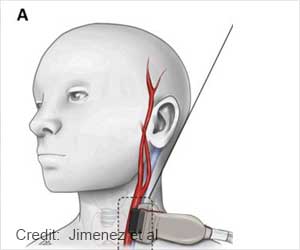Report says academic detailing may have been associated with a small change in prescribing patterns for patients with high blood pressure

A major clinical trial and associated clinical guidelines—the Antihypertensive and Lipid-Lowering Treatment to Prevent Heart Attack Trial (ALLHAT), final results of which were published in 2002, and the December 2003 Seventh Report of the Joint National Committee on Prevention, Detection, Evaluation and Treatment of High Blood Pressure (JNC7)—both emphasized the prescription of medications called thiazide-type diuretics to reduce blood pressure. As part of a joint dissemination project, 147 investigator-educators were trained to present ALLHAT results and the JNC7 guidelines as the foundation for achieving blood pressure control. Between 2004 and 2007, these investigator-educators made presentations to small, selected groups of practitioners who prescribe medications for hypertension, eventually reaching 18,524 physicians in 1,698 venues.
Randall S. Stafford, M.D., Ph.D., of Stanford University, Stanford, Calif., and colleagues in the ALLHAT Collaborative Research Group assessed the effects of this Dissemination Project on thiazide-type diuretic prescriptions using two national databases, including a survey of office-based physicians and pharmacy data on medication dispensing.
Nationally, use of these medications did not increase between 2004 and 2008. However, the researchers observed a geographically based association between the Dissemination Project's academic detailing activities and increased prescribing of thiazide-type diuretics.
"Physician survey data showed that the percentage of hypertension visits where the physician recorded a thiazide-type diuretic increased the most in counties where academic detailing activity was the highest (an increase of 8.6 percent, from 37.9 percent to 46.5 percent) compared with counties where activity was moderate (an increase of 2 percent) or low (a decrease of 2 percent) or where there was none (an increase of 2 percent)," the authors write. "Pharmacy dispensing data showed that thiazide-type diuretic prescribing increased by 8.7 percent in counties with Dissemination Project activities compared with 3.9 percent in those without activities."
Corresponding to the relatively small size of the Dissemination Project, the effects were small, the authors note. "In addition, other factors, including controversy regarding the appropriate role of thiazide-type diuretics, may have blunted the intervention's impact," the authors write. "Academic detailing has the potential to improve prescribing patterns but may require greater intensity to facilitate translation of clinical trials evidence into community practice."
Advertisement
Source-Eurekalert
RAS








